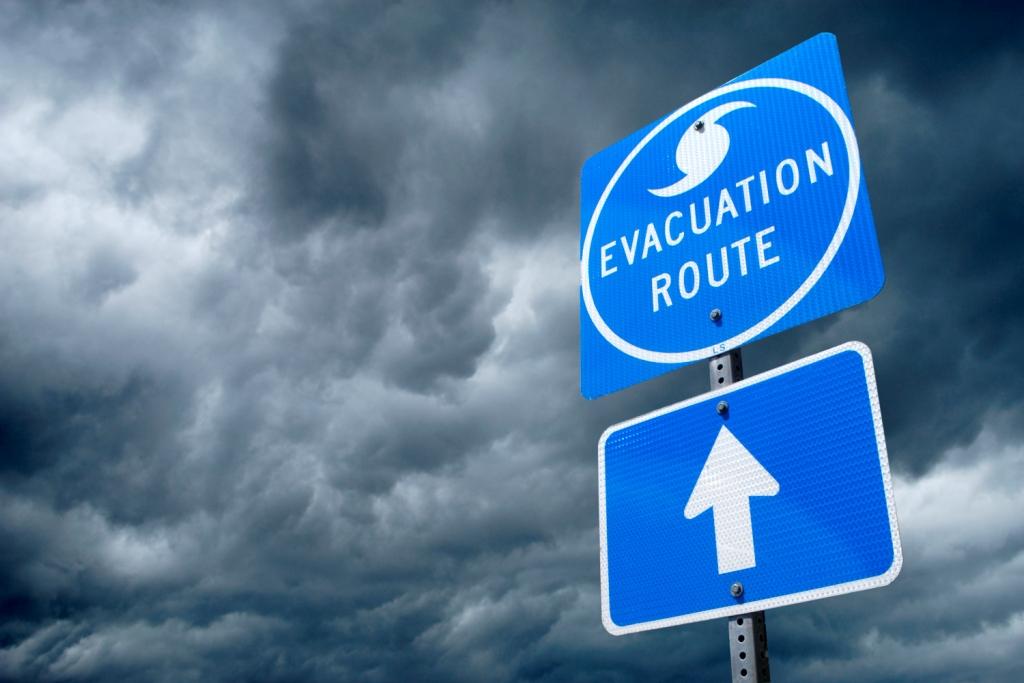The last several hurricane seasons have seen an increase in the activity in both the Pacific and Atlantic oceans. The 2024 hurricane season is upon us. The nature of our industry lends itself to being in the path of a storm, so it is critical to be prepared.
While we as individuals often focus on making sure our families are prepared for storms with the help of our local government entities, it is also important to create a plan to protect our businesses and employees.
The American Society of Safety Engineers (ASSE) recommends these five steps to prepare for a storm:
1. Develop a comprehensive plan.
Some of the key elements of an effective EAP recommended by OSHA are:
- Conditions that will activate the plan; for example, the plan could activate meetings with all key personnel at different time intervals (when the storm is 96 hours from impact, 72 hours, 48 hours, 36 hours, 24 hours, etc.) once the storm threat has been identified.
- Chain of command
- Emergency functions and who will perform them; this may include key personnel who are allowed to enter the worksite immediately after the storm threat has been eliminated (check with the local government for further information)
- Detailed evacuation procedures, including routes and exits
- Procedures for accounting for personnel, customers and visitors
- Equipment for on-site personnel
2. Determine procedures and individual crisis management responsibilities.
Identify which employees are required to be on-site in the days before and after a hurricane, as well as which employees are essential for business functions, whether they are required on-site or not. It’s important to communicate to key personnel what they are accountable for and how to perform their emergency response duties.
3. Coordinate with others.
4. Prepare employees.
5. Review emergency plans annually.
As employers, it is essential to review all emergency plans every year for improvement. At the same time, it is important to continually remind your most critical assets – your employees – that they also create an individualized plan for their families in case they are affected by an impending storm. Providing information and reminders through email blasts, text messages, or safety meetings reminding the employees about the upcoming hurricane season can help inform the employees and their families the importance of creating an individualized plan.
Other hurricane preparedness resources include:
- FEMA.gov: “Prepare Your Organization for a Hurricane” (PDF)
- OSHA.gov – Hurricane Preparedness and Response
- National Weather Service – Hurricane Preparedness Website
- National Hurricane Center for up-to-date marine forecasts
- Local media and government outlets


